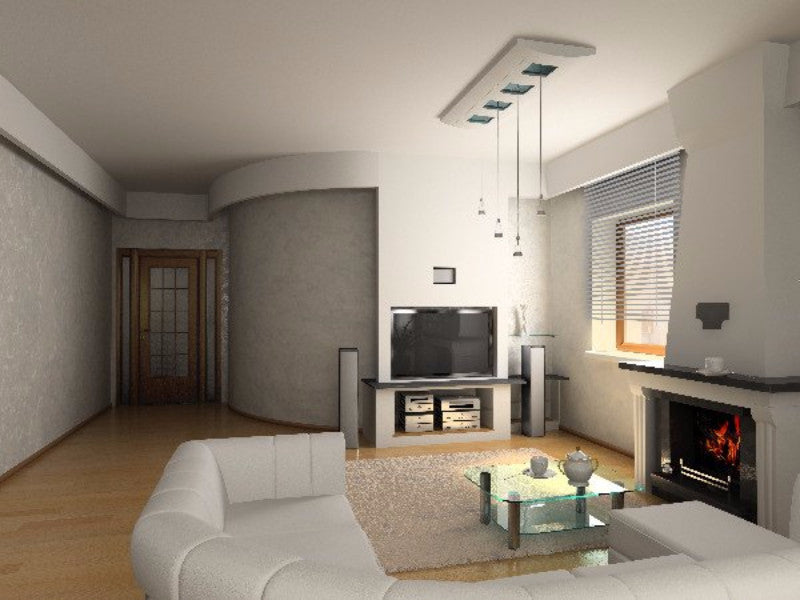The audio amplifier is the center of your sound system around which everything revolves. Everything flows through it and, therefore, it has the capability to make or break your sound. This necessitates the need to be particular while buying an amplifier.
“Which Is A Good Amplifier”
The simple answer is the one which produces a good sound. This should be the paramount determining factor for you implying that you will have to listen extensively before choosing your amplifier.
The harsh truth, however, is that not many get the time and opportunity to test a lot. Yet, for the informed, an amplifier specs sheet speaks a lot about the quality and its ability to deliver good sound.
What to Keep in Mind
1. The Distortion Dilemma Amplifiers come in four classes A, B, AB and D. These classes are closely interrelated with the Total Harmonic Distortion(THD). The lower this distortion, the more accurately the sound will reciprocate the original. Class A amplifiers are the best at this, but their power efficiency is very poor (20%) and they generate a lot of heat. Class B pulls and pushes, which leads to about 75% percent efficiency but the THD levels are much higher. AB give out the best of both worlds. Class D is the most efficient (90%) but the sound quality is poor as compared to others. For this reason, they are used in low end HTiBs.
2. Watts this about?: The power output (Watts) is roughly how loud your amplifier can pump out music. A bigger room needs a higher wattage. But you don’t need as much power as you think you do. If you’re listening to music at home anything between 20W and 50W will be more than enough.
3. Syncing Speakers: You need to pay close attention to the speaker sensitivity a measure of how much acoustical energy a speaker delivers in relation to the supplied electrical power. Essentially, if you’re speaker sensitivity is rated low, you will need more amplification to reach higher listening levels. The final thing to keep in mind is the impedance rating of the speakers. If your speakers have an impedance lower than four ohms, you need to shop for a highcurrent amp.
4. Specifications: A few important specs are signal to noise ratio (S/N), crosstalk and dynamic headroom.
a. Signal to Noise Ratio: An amplifier always has a slight buzzing noise inside of it. A good amplifier aims to reduce this whizz. The bigger the numerical value of the S/N ratio, the better sound you’ll get.
b. Crosstalk: Crosstalk is a measure of how much undesirable left signal is mixing with the one on the right and vice versa. The more the crosstalk, the worse is the stereo sound affected. In the measure of crosstalk, 100dB means a better stereo separation than 60dB.
c. Dynamic Headroom: It is the measure of the amplifier’s ability to output power at a much higher level for brief periods of time. Amplifiers with a low dynamic headroom sound flat as they compress all the peaks and high frequencies to fit in
their level of headroom.
5. Inputs & Connections: Can you connect everything you want to? You will need to make sure that you have enough inputs for all that you need to plug in. It also matters what you use to plug them in. A myriad options are available, stereo audio (RCA), HDMI Optical or a digital coax. If you're using a stereo audio, it consists of two channels of audio 5.1 surround or digital audio is not supported. Digital coax uses an RCA cable to pass 5.1 surround signal. Optical cables use light to pass a 5.1 signal. RCA cables are an “unbalanced” connector as compared to the TRS and XLR, which are somewhat balanced. A balanced cable is less prone to interference and can carry low signals over longer cable lengths. If your cable length is between two and five meters, you can use the RCA cable. If the cable length spans over that range, you need to use the TRS or XLR. When you’re looking at speaker wire connectors, you have the option of choosing the pin connector, the spade lug and the banana plug. The pin connector comes in less expensive receivers and speakers. It looks like a straight or angled pin at the end of the wire. The spade plug is the ultimate connection choice and most reliable. It, however,is very tedious to screw in. The banana plug comes very close to the quality which the spade plug provides. It is also much easier to use as it can easily slide in the binding post.
When buying amplifiers, the focus should be on finding the harmony between sonic integrity and power. You cannot single out a specification, you need to consider them all. Extreme power will be of no use if distortion is high and excessive background noise can ruin even the nicest sound quality.






Comments
0 comments